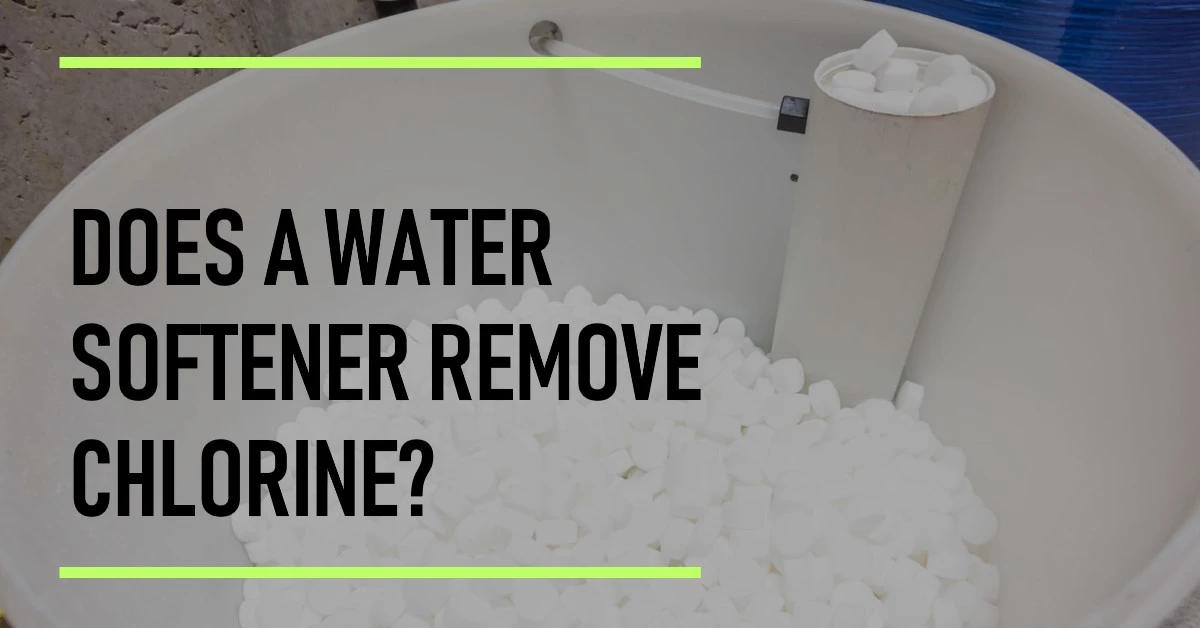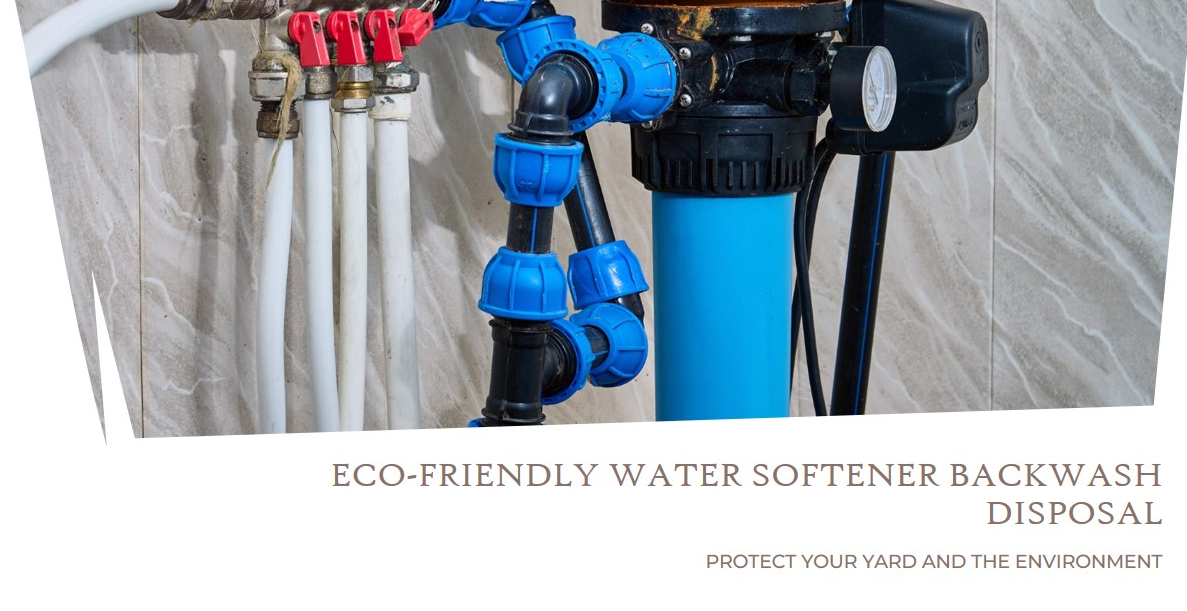Having access to clean and safe drinking water is essential for a healthy lifestyle. Many homeowners, like Sarah, have concerns about the taste and odor of chlorine in their water supply. In this article, we will explore the question, “Does a water softener remove chlorine?” and provide comprehensive insights into the topic to address Sarah’s concerns.
Understanding Water Softeners
Water softeners play a crucial role in improving water quality by reducing mineral content, specifically calcium and magnesium ions that cause water hardness. The primary mechanism of salt-based water softeners is ion exchange. When hard water passes through the resin tank, calcium and magnesium ions attach to resin beads while sodium ions are released into the water. However, it’s important to note that the ion exchange process of salt-based water softeners is not designed to remove chlorine.
The Role of Chlorine in Water
Chlorine is commonly used as a disinfectant in municipal water supplies to ensure water safety by eliminating harmful bacteria and pathogens. While chlorine serves an important purpose, it can lead to an unpleasant taste and odor, which many people find undesirable. This is a common concern for individuals like Sarah who value the quality of their drinking water.
The Limitations of Salt-Based Water Softeners in Chlorine Removal
Salt-based water softeners are not effective in removing chlorine from water due to the specific nature of their ion exchange process. The resin beads in these softeners primarily target positively charged ions, such as calcium and magnesium, which are responsible for water hardness. Chlorine, on the other hand, exists as a negatively charged ion (chloride) and is not effectively captured or removed by the resin beads.
Alternative Solutions for Chlorine Removal
If Sarah wishes to remove chlorine from her water supply, there are alternative solutions available to consider:
- Activated Carbon Filters: Activated carbon filters are highly effective in removing chlorine from water. These filters contain activated carbon, a porous medium capable of adsorbing chlorine molecules, thereby eliminating their taste and odor. Sarah can install these filters at the point of entry or at specific faucets to ensure chlorine-free water throughout her home.
- Reverse Osmosis Systems: Reverse osmosis (RO) systems provide comprehensive filtration capabilities, including the removal of chlorine. These systems use a semi-permeable membrane to remove various contaminants, including chlorine, from the water. While RO systems may have higher upfront costs and require maintenance, they offer the advantage of producing high-quality, purified water.
- Chlorine-Removing Showerheads: If chlorine primarily affects Sarah’s showering experience, she can consider installing chlorine-removing showerheads. These showerheads utilize activated carbon or other filtration media to reduce chlorine levels, resulting in a more enjoyable and refreshing showering experience.
Comparing Water Softeners to Alternative Solutions
While salt-based water softeners excel at combating water hardness, they have limitations in removing chlorine. It’s important to compare water softeners to alternative solutions to make an informed decision. Salt-based water softeners offer benefits such as scale prevention, extended appliance lifespan, and softer laundry. However, when it comes to chlorine removal, activated carbon filters and reverse osmosis systems are more effective.
Choosing the Right Solution for Your Needs
To choose the right solution for chlorine removal, Sarah should evaluate her specific water quality concerns, budget, and installation feasibility. Consulting with professionals can provide personalized advice based on water testing and understanding the unique requirements of her home.
Key Takeaways
Salt-based water softeners are not designed to remove chlorine from water. While they effectively combat water hardness, alternative solutions such as activated carbon filters, reverse osmosis systems, or chlorine-removing showerheads can address the taste and odor concerns associated with chlorine. By considering these alternatives and making an informed decision, homeowners like Sarah can enjoy clean, refreshing, and chlorine-free water throughout their homes.
Remember, it’s important to prioritize water quality and choose a solution that best aligns with individual preferences and requirements.



